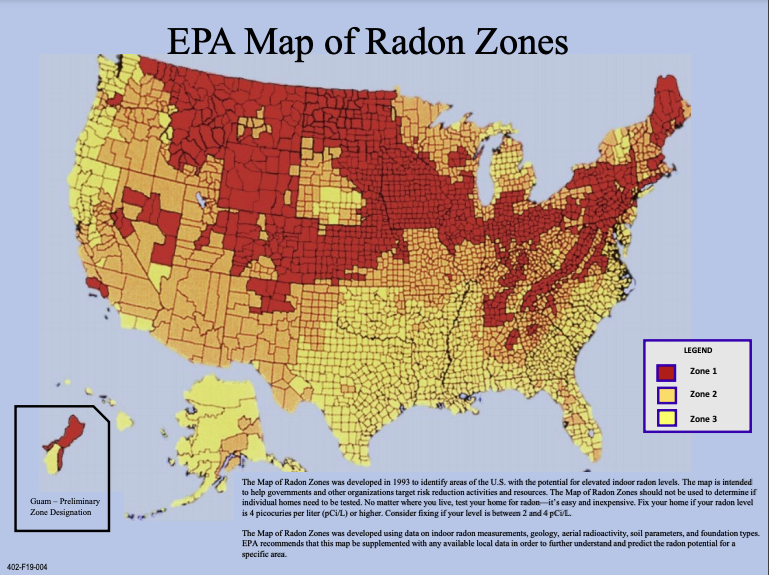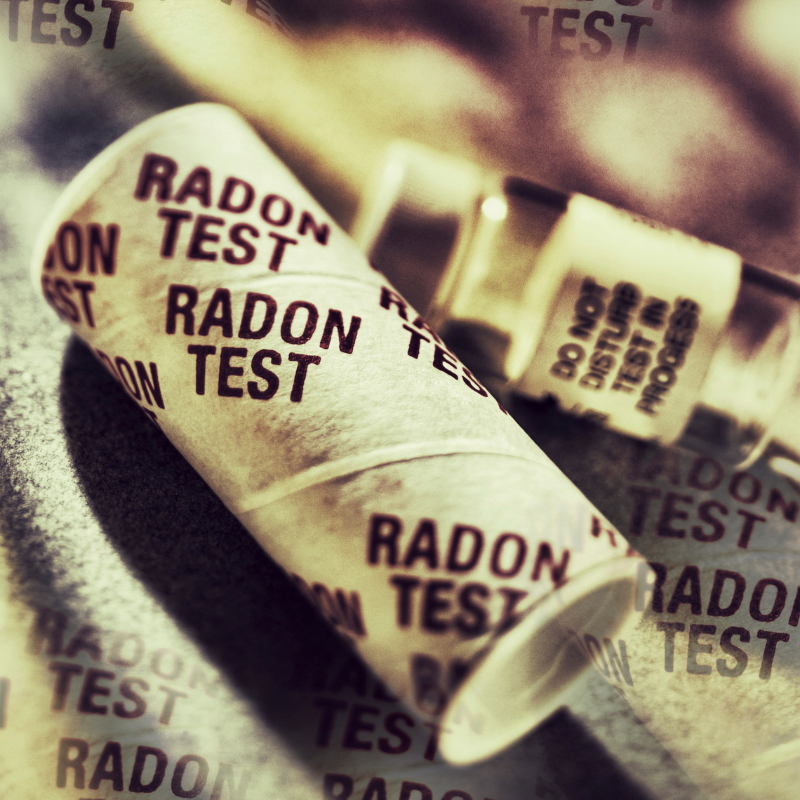5 Facts About Radon You Probably Don’t Know
What exactly is radon? Radon is an odorless and invisible radioactive gas found in soil and groundwater. When it builds up in your home, it can be hazardous to your and your family’s health. If you are wondering if you need a radon mitigation system installed, check out these five facts about radon!

1. Radon is the second leading cause of lung cancer
Radon exposure is the second leading cause of lung cancer among smokers and the leading cause of lung cancer among non-smokers. EPA estimates show that radon exposure causes about 21,000 lung cancer deaths each year, with about 2,900 of those deaths being non-smokers.

2. Any type of home can have radon
It’s a common misconception that only older houses are associated with radon exposure. Whether a house was built last year or last century, it still can be vulnerable. Radon can enter the home through cracks in solid floors and walls, construction joints, gaps in suspended floors, and around service pipes and water supplies.
Older houses may be drafty and allow radon to enter the home easily, but newer houses with tighter construction can still be exposed and even hold more radon inside. Never assume your home is immune!

3. Radon levels are higher in the Midwest
While radon exposure is found everywhere in the US, states in the midwest and northern parts of the country have the highest potential for higher levels of radon. On the EPA Map of Radon Zones, all of Iowa and parts of Nebraska are in Zone 1, meaning the average indoor radon levels are greater than 4 pCi/L (pico curies per liter).
The United States Environmental Protection Agency (EPA) recommends homes with a radon level above 4 pCi/L be fixed with a radon mitigation system.

4. It doesn’t cause normal symptoms of indoor pollutants
Most indoor pollutants, like carbon monoxide, can be detected due to symptoms like headaches, nausea and blurred vision. However, radon does not cause any immediate symptoms that might indicate elevated levels.
Since you can’t see or smell radon, you and your family could be exposed for years without knowing that it is present in your home. This is why it is important to test for radon levels to know for sure if the air quality in your home is safe.

5. You can test your home yourself
Testing for radon is easier than people might think! “Do it yourself” radon test kits are inexpensive, easy to use, and available online, in hardware stores, and home improvement stores. There are short-term tests that can take up to 90 days, and long-term tests that will take longer than 90 days. The longer the test, the more accurate the results will be!
Jerry’s Waterproofing is licensed to install radon mitigation systems as well as radon-ready systems for new construction. Contact us and let our mitigation specialists give you the best solution for your home to keep your family safe!



